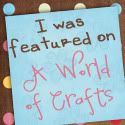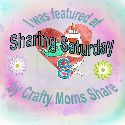I have always been one to come up with my own lessons for my children when they are preschool age. Yes, I will search for ideas, but I will take the ideas I find and combine them with other ideas, twist them to make them work, that sort of thing. I figured I would do the same thing with Hannah and Harold that I did with Tabitha and Amelia. Unfortunately, I have not had the same kind of preparation time that I had when I was only teaching a preschooler and a toddler (or two preschoolers). Or, maybe I should say fortunately. If I hadn't been struggling to figure out my schedule with 4 children, I may not have taken the time to look into the Alpha Omega Publications Promotional Team, and I wouldn't have had a chance to review the Horizons Preschool curriculum from Alpha Omega Publications Homeschool Division.
I had heard good things about Horizons in the past, and I was familiar with Alpha Omega Publications because I have a friend who uses and recommends another one of their programs, The Weaver Curriculum. I had actually used the Interlock level several years ago, but ended up switching to something else because I wasn't ready for a set curriculum for preschool. Imagine my surprise when I just discovered that the Horizon Preschool appears to be somewhat adapted and revised from the original Interlock curriculum. I didn't realize that, until I saw it mentioned on the title page of the Teacher Manual. Though I was a bit curious when we first started and I saw an identical picture was used for heaven that Tabitha and Amelia used several years ago.
So, just what is included in the Horizons Preschool Curriculum? Well, these two were very excited to find out.
The curriculum comes packaged in the above box. We received 2 Student Workbooks, 2 Teacher's Guides, the preschool Resource Packet which includes Teaching Aids and Black Line Masters, plus the Horizons Preschool Music CD. They also provide a Horizons Preschool Multimedia Package which we did not receive, though I would love to look into it.
There are 180 lessons in the preschool curriculum, enough for a full school year. Lessons 1-90 are found in the Teacher Guide 1 and the Student Workbook Book 1, while lessons 91-180 are in the Teacher Guide 2 and Student Workbook Book 2. The teacher manual shares a scope and sequence at the beginning of the book. Their are lessons in Bible, Social Studies, Science, Language Arts, Phonics, Reading, Writing, Numbers/Math/Shapes, Colors, Music, and more. The science and social studies lessons seem to focus on what is being taught in the Bible section.
Before you get to the lessons, you will find 43 pages of important information. In addition to the Scope and Sequence, you will find an Introduction that includes:
- Understanding the Young Child
- The Environment of the School
- The Classroom
- Determining Your Type of Program
- Components of the Horizons Preschool Program
- Lesson Structure of the Horizons Preschool Program
- Things to do Before School Begins and
- Scheduling Suggestions
It was interesting to read through this section, though some of it is geared more toward actual preschools.
Next you will find a list of Media Resources. The title of the CDs, or other media source, are listed by lesson. There is also a Reading Resources list and a Story Time Reading List arranged alphabetically.There is also an extensive supply list, a lot of which I have to admit we have not been able to get so far if we didn't already have it on hand. Some of the items are commonly found in most homes, but some will need to be purchased and may not be needed in a homeschool setting as opposed to a preschool classroom. As homeschoolers, we are pretty good at adapting, as I am sure many of you are as well. We'll find a way to make it work. Right?
There is also a list of the memory verses (just the reference) listed by week. The actual verse is provided in the resource packet, this is just an overview. There are also instructions for the Days of Creation Numbers, and finally, the lyrics to the songs found on the included "Horizons Preschool Music" CD. All in all, there are 43 pages of information and resources before getting into the lessons.
Each lesson follows a similar structure. At the beginning of the daily lesson the kinds of activities that will be in the lesson are listed. Each activity is then found in bold as you read through the lesson where there is a lot of information to either read for your own knowledge or read to the child(ren).
Here is the order of the lessons (though occasionally there are some activities out of order, but it seems quite rare):
- Bible Reference - Just the note of where the Bible story can be found.
- Bible Concept to Present - A short, 1-3 sentence summary of what is going to be taught.
- Bible Lesson - The Bible story/lesson as you are to read it to the child (I tend to edit at times to make it more of a conversation and to sound more like me talking).
- Social Studies - A short discussion that relates social learning to the Bible story.
- Science - Activity oriented ideas to go with the Bible lesson (not introduced until lesson 11)
- Language Arts - Activities to help verbalize ideas and prepare the child for reading.You will find such things as word exercises, finger poems, games, and more.
- Phonics - In the first half of the year this actually consists of letter recognition and alphabet order, toward the middle of the curriculum year letter sounds and blending will come into play. There are phonics pages in the student workbook.
- Reading - Listening and Comprehension skills are learned
- Writing - Developmental skills that build the skills to write. Focusing first on the child's first name.
- Memory Verse - Gives suggestions on how to illustrate the memory verse.
- Math - Fun activities and worksheets from the student workbook help with counting and number recognition. Toward the end of the year, children will be starting to learn about addition and subtraction.
- Shapes - Slowly throughout the year, shapes are learned and review with worksheets and hands-on activities.
- Colors - As with the shapes, colors are slowly added and then reviewed.
- Story Time - A time to read a story of your or your child's choice.
- Music - Songs to be sung, some of which will be familiar, others not so much, but are fun to learn . I have found they tend to relate to the lesson being taught.
- Arts & Crafts - Craft ideas to go with the lesson
- Physical Education - Some time for large-motor skill activities.
- Outdoor Activity
- Creative Cooking
- Health and Safety
- Field Trips
- Homework
Now that I have given you a run down of the curriculum, here is how we have been using it.
I have been combining the story time and music time with the older children before our Gathering Time. We now have a story time where I pick a book that goes with our lessons (usually the lessons that are for the older children, which is fine because the Horizons Preschool curriculum has left that quite open) and our leader of the day also picks a book. Then we learn a new song and/or review a recent song. We have been using this time to really learn the songs to be able to sing them for daddy at the end of the week. After our Gathering Time, the older children work on their workboxes while I work with Hannah and Harold. If we are running late, these activities are done after lunch, so I only include Hannah while Harold sleeps. This works okay, because I don't have a Student Workbook for him and he doesn't always have something to actually do.
I have been picking and choosing what we are going to do, because these lessons are designed for a full preschool day, and we only do preschool for an hour or so. I have been rearranging the lessons a bit too. I think I may be a bit OCD, because I have needed to organize the lessons so each letter is taught for a full week. The way the letters are scheduled is a bit random in my mind as sometimes the child only has several days with a letter and sometimes it is even less. I am used to doing a letter a week, so I have done some rearranging. Seeing as I have less time in a day for lessons, this has helped us spread out each lesson anyway, in order to spend more time on it.
I have been using a marker to highlight which sections we are going to work on, and marking when there is a worksheet to complete.
The lessons start at the very beginning of creation, and first we learn about God. We learn how God, like our earthly father, cares for us and does special things for us, like giving us the gift of the world.
We also learned about how God is 3 persons, The Father, The Son, and The Holy Spirit. We did a little demonstration with an egg.
For our phonics lessons, I have been focusing on both the letter name and letter sound with Hannah as she has already been exposed to it with our curriculum last year. She is also practicing forming the letters. We use the Letter Flashcards provided in the Resource Pack. In addition to having her trace the letters, I will show them to her and quiz her.
We have been focusing on the colors blue, red, and green, plus the triangle. I had made a triangle puppet, as per the instructions, and then Hannah wanted to make one too.
Okay, she wanted to make more than one. Plus, we used craft sticks to form a triangle.
We also worked on workbook pages. Each lesson has a few different worksheets, which are able to be removed from the workbook quite easily as it has perforated pages. I take them out one week at a time and put them in a folder. She has been working on letter recognition, number recognition and even comparing quantities.
I printed out a bunch of triangles and had them make collages.
There are even number people to go with Bible Stories.
(The parable of the lost coin.)
We have spent time practicing writing on the easel.
And then moved on to the phonics worksheet provided.
There have even been craft ideas that were fun to do with all the children. Like making Litter Bug Bags and going to pick up litter.
There are many wonderful resources contained in this Christian preschool curriculum. There Resource Pack contains so many visual resources that we use in different ways. I have photocopied the number train to add to our wall. We use our flashcards whenever we have lessons. There are color flashcards for letters, numbers, colors, and shapes that we have used so far. In addition, there are time, seasons, and months flashcards.
I know that Hannah is enjoying this curriculum, because she will ask me when we are going to do her "stuff" or her work. She looks forward to it and it gives me some one-on-one time with her, and sometimes Harold. Personally, I have really appreciated having a curriculum to follow, even though I do have to tweak it a bit. The worksheets are lovely and eye catching. Additionally there are tons of hands-on activities. We are not sitting in our seats the whole time, which is imperative for young children. All the children are enjoying the songs and fingerplays. And daddy is enjoying getting to watch them perform.
I do have to admit, I didn't know this was geared more toward an actual preschool program; however, I feel comfortable picking and choosing what works for us, especially because the introduction of the Teacher Guide states on page 7, "...there is far more material presented in this teacher's guide than what some classes of students can cover." Furthermore it states, "you can use this teacher's guide to pick out the specific activities that support your philosophy of education."
I really feel that this is a wonderful, comprehensive, preschool curriculum. Your child will learn many academic and social skills while learning about God and his creation. I love the way it is all meshed together. But, you know, that's me.
You can purchase this complete set for $125.95.
Disclaimer: I received the Horizons Preschool Curriculum Set for no charge, as a part of the Alpha Omega Publications Promotion team. I agreed to give my honest opinion of the product, along with helping to promote it. All opinions are my own and no other compensation was received. I am disclosing this information in accordance with FTC regulations.










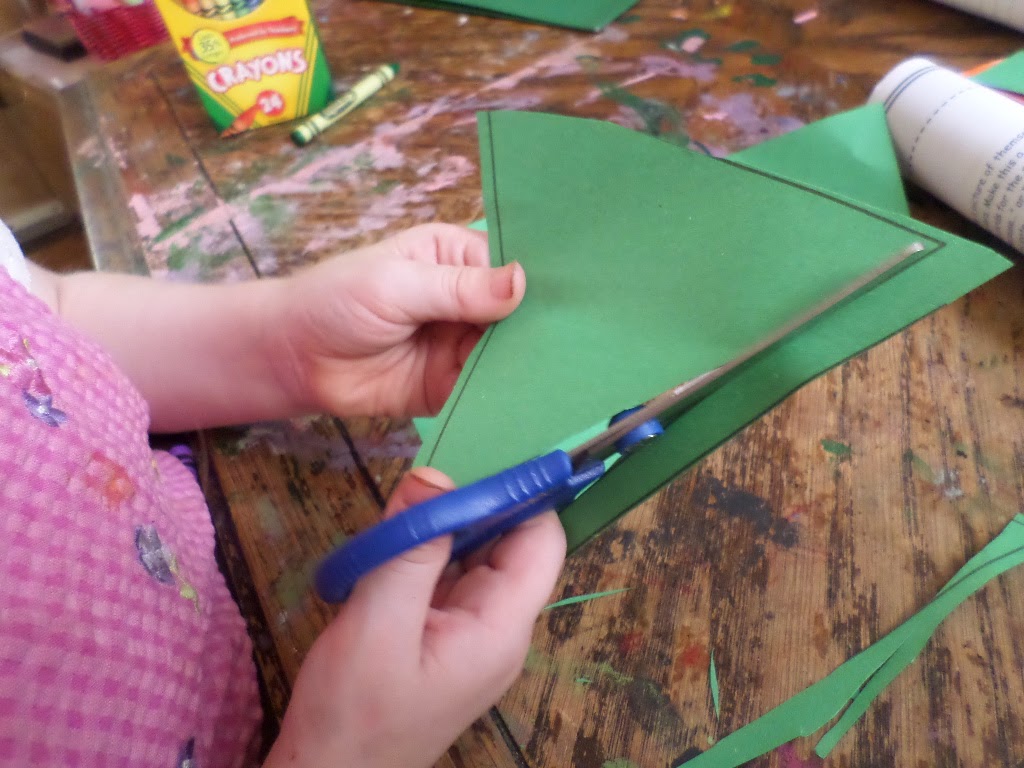






























































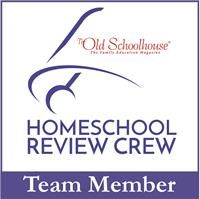
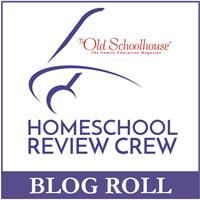














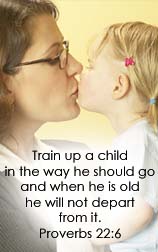



![[PREMIO2009.png]](https://blogger.googleusercontent.com/img/b/R29vZ2xl/AVvXsEjXD_Gx-wZ9EM5hXKrEYLksEBkYfRQtmb8VDVTDG_yyLggQoFIstZsh4zszdG20KqErZicRzEhiNYLty7j3IMXJYsABqkXjr8pp-ncj71xCbpxlXGbGpZq2fTuDQqq1RMKV4DPcDBnBViA/s1600/PREMIO2009.png)
